Bronze Corydoras
Price range: R60,00 through R165,00
The Bronze Corydoras is a classic favourite — a hardy, easy-care schooling catfish with shimmering bronze-green tones and endless personality. Perfect for peaceful community setups, they bring constant movement and help tidy up leftover food along the bottom. Keep in soft sand with gentle tank mates, and always in a playful group of six or more for their best behaviour and colour.
- Description
- Additional information
- Reviews (0)
Description
🟤 Bronze Corydoras – Hardy Helpers with a Metallic Glow 🐟🌿
The Bronze Corydoras is a beloved staple in freshwater aquariums worldwide—known for its shimmering metallic bronze body, peaceful personality, and tireless scavenging behavior. Ideal for beginners and seasoned hobbyists alike, these bottom-dwelling catfish are social, undemanding, and perfectly suited to planted community tanks.
Whether you’re building your first tank or expanding your Cory collection, the Bronze Cory is a resilient, entertaining, and rewarding choice.
🌟 Key Features
- ✨ Metallic Beauty: Shiny bronze-gold sheen with hints of green and pink under light
- 🧼 Natural Cleaners: Constantly sifting through the substrate for food debris
- 👯♂️ Social Schoolers: Thrive in groups of 5 or more
- 🪴 Plant & Shrimp Safe: Won’t uproot plants or harm peaceful inverts
- 💪 Extremely Hardy: Tolerates a wide range of water conditions
📏 Size & Lifespan
- 🔹 Adult Size: 6 – 7 cm (2.5 – 3 inches)
- ⏳ Lifespan: 5 – 8 years (often longer with excellent care)
🌊 Water Parameters
- 💧 Temperature: 21°C – 24°C (70°F – 75°F)
- 💎 pH: 6.0 – 7.5
- ⚖️ GH: 5 – 12
- 🌡 KH: 3 – 8
- 💦 TDS: 100 – 200 ppm
They adapt well but thrive best in soft to moderately hard water with low flow.
🍽️ Diet & Feeding
Omnivorous scavengers that do well on a varied, protein-rich diet:
- 🍽️ Sinking pellets and wafers (daily staple)
- 🐛 Live/frozen foods: bloodworms, daphnia, brine shrimp
- 🌿 Blanched vegetables: zucchini, spinach
✅ Feed small portions once or twice a day. Ensure food reaches the substrate.
🧑🔧 Care Guide
| Care Aspect | Recommendation |
|---|---|
| ✅ Tank Size | Minimum 60L; larger is better for groups |
| 🌊 Filtration | Moderate flow; oxygen-rich water is important |
| 🪨 Substrate | Soft sand or rounded gravel to protect their barbels |
| 🌿 Decor | Plants, driftwood, and shaded areas for comfort |
| 💡 Lighting | Low to moderate lighting preferred |
| 🔄 Water Changes | 20–30% weekly for best health and stability |
🤝 Tank Mate Compatibility
Bronze Corys are non-aggressive and make great additions to peaceful aquariums.
| ✅ Compatible With | ❌ Avoid With |
|---|---|
| 🐠 Tetras, Rasboras | 🐟 Large or aggressive cichlids |
| 🐟 Guppies, Mollies, Platies | 🐠 Fin-nippers or dominant bottom feeders |
| 🦐 Amano/Cherry Shrimp | 🦀 Crayfish or aggressive inverts |
| 🐌 Snails, Otocinclus | ❌ Fish that bully smaller species |
💡 Pro Tips
- 🧑🤝🧑 Keep at least 5–6 together for natural behavior and health
- 🌱 Use fine sand to protect their sensitive whisker-like barbels
- 🫧 Occasional surface gulps are normal—they can breathe air
- 📏 Great for tanks from 60L and up, especially community setups
🛍️ Perfect For:
✅ Beginners and first-time fishkeepers
✅ Peaceful, planted community tanks
✅ Hobbyists looking for easy, active bottom dwellers
✅ Shrimp-safe and snail-safe environments
Brighten your aquarium’s lower level with the sparkling, social, and low-maintenance Bronze Corydoras — the perfect blend of beauty and utility! 🟤🐟✨
🐟 Bronze Corydoras vs Albino Corydoras – What’s the Difference?
Both fish are actually the same species: Corydoras aeneus! The key difference lies in their appearance, not behavior or care. Here’s a breakdown to help you decide:
🔍 Species Overview
| Feature | Bronze Corydoras | Albino Corydoras |
|---|---|---|
| 🌈 Coloration | Metallic bronze-green, natural look | Pale white/pink with red eyes (albino) |
| 👁 Eye Color | Dark | Pink/red (typical of albinism) |
| 💎 Visual Impact | Earthy, blends with planted tanks | Stands out, adds contrast |
| 🧬 Genetics | Wild-type coloration | Albino mutation of the same species |
| 🌍 Origin | South America (natural form) | Captive-bred variety |
🐠 Behavior & Temperament
✅ Identical in both varieties!
They’re peaceful, social bottom-dwellers that thrive in groups and clean up uneaten food.
📋 Care Requirements (Same for Both)
-
💧 Temperature: 21–24°C
-
🌡 pH: 6.0 – 7.5
-
🪨 Substrate: Soft sand
-
🧑🤝🧑 Group Size: Minimum of 5
-
💡 Lighting: Albinos prefer lower light due to sensitivity
🧠 Choosing Between the Two
| Preference | Recommended Type |
|---|---|
| Natural, earthy aquascapes | Bronze Corydoras 🟤 |
| High contrast or white-themed tanks | Albino Corydoras ⚪ |
| Sensitive to bright lighting? | Bronze (more adaptable) |
| Want something eye-catching? | Albino (stands out more) |
🤝 Can They Be Kept Together?
Yes! Since they’re the same species, they’ll school and socialize together. A mixed group of bronze and albino can add variety without sacrificing compatibility.
✅ Summary
| Feature | Bronze Cory 🟤 | Albino Cory ⚪ |
|---|---|---|
| Natural look | ✅ | ❌ |
| High contrast | ❌ | ✅ |
| Beginner-friendly | ✅ | ✅ |
| Light-sensitive | ❌ | ✅ (slightly) |
| Peaceful & social | ✅ | ✅ |
Both are fantastic options for peaceful, planted aquariums—and mixing them gives your Cory group added visual flair!
🐟 Corydoras Mixing Compatibility Guide
✅ Best Mixed Cory Combos (Similar Size & Behavior):
| Combo | Why It Works |
|---|---|
| Bronze + Albino | Same species (C. aeneus)—they school together |
| Sterbai + Orange Venezuelan | Similar size, peaceful, warmer water tolerant |
| Panda + Julii | Close size and calm nature (cooler temp ok) |
| Sterbai + Peppered | Great mix for larger planted tanks |
| Peru Sp. + Julii | Both prefer soft, slightly acidic water |
| Bronze + Pepper | Hardy and adaptable to most conditions |
🧠 Tips for Mixing Corys:
-
✅ Keep at least 3–4 of each variant (6+ preferred per type)
-
✅ Choose species with similar temperature ranges (±2°C)
-
✅ Provide lots of hiding spots, soft substrate, and a peaceful tank
-
✅ Avoid mixing with large, aggressive bottom feeders (e.g. loaches, crayfish)
⚠️ Avoid Mixing:
| Combo | Reason |
|---|---|
| Warm-water Sterbai + Cool Panda | Big temp difference (Sterbai 25–28°C, Panda 21–23°C) |
| Tiny dwarf Corys + Large Corys | May be outcompeted or stressed |
| Wild-caught + Captive-bred | Acclimation and diet needs can differ |
💡 Best Practices:
-
Use sand substrate to protect their barbels
-
Feed sinking pellets & varied protein-rich foods
-
Perform regular water changes (20–30% weekly)
-
Keep in groups of at least 5–6 per type, or mix small groups with caution
Additional information
| Amount | Single, Pack of 3 |
|---|
Only logged in customers who have purchased this product may leave a review.


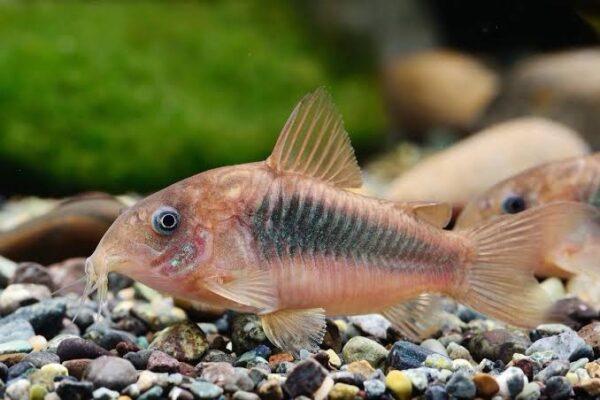
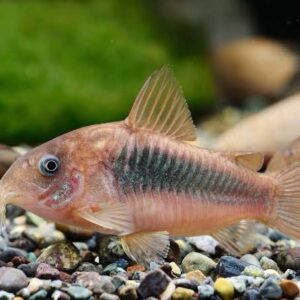
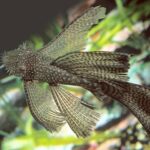
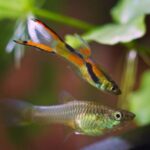
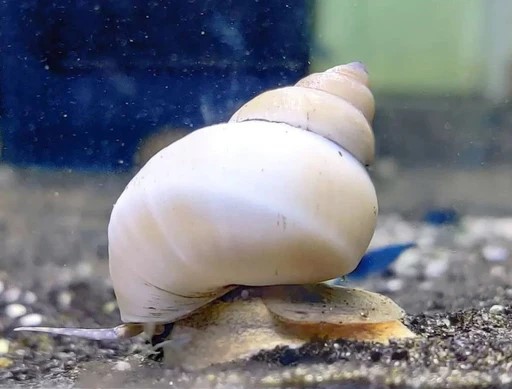
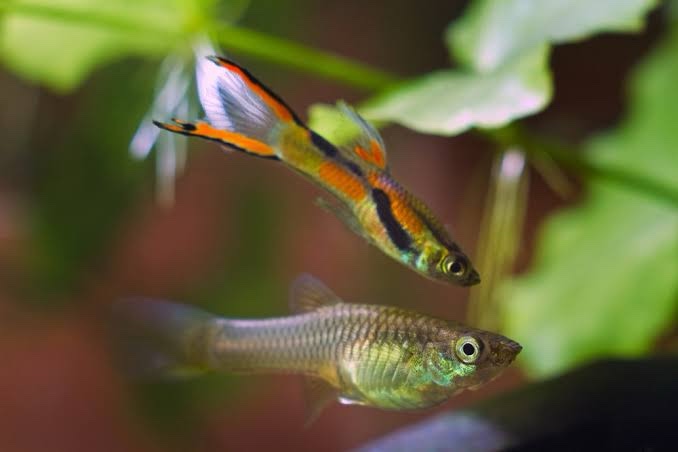
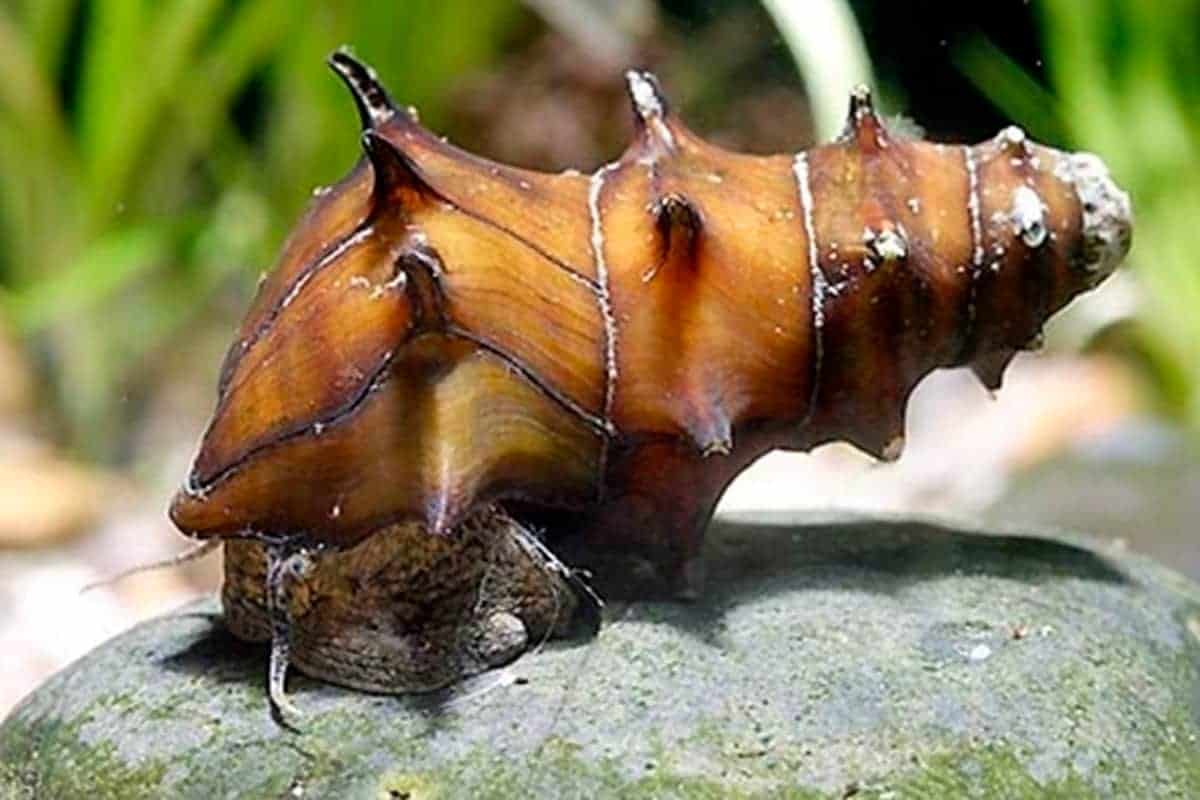
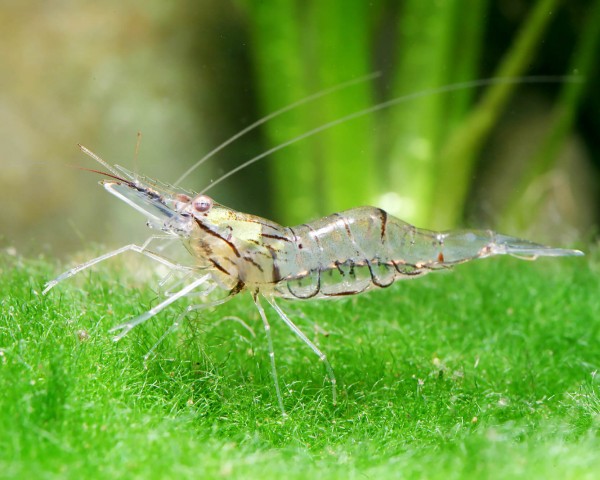
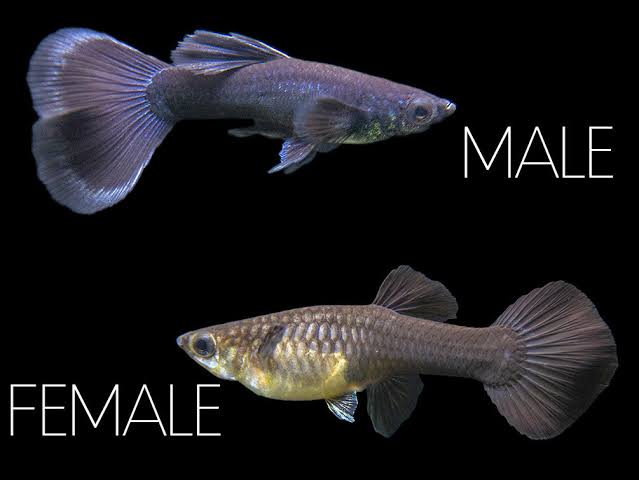
Reviews
There are no reviews yet.